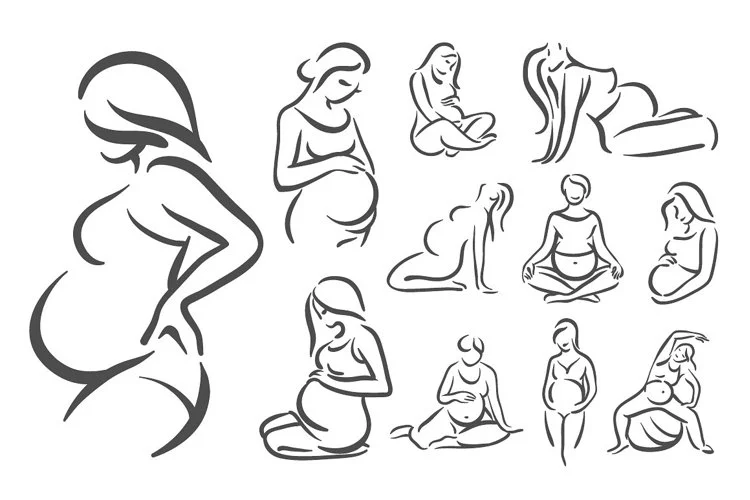In an exciting development for nursing mothers everywhere, Unicode—the standard for encoding in the computing world—has announced 56 new emojis for 2017, including a much-anticipated breastfeeding emoji. That’s right, folks! Finally, there’s a way to express all the joys and challenges of nursing in emoji form.
Since the introduction of the baby bottle emoji in 2010, mothers have been limited in their options to represent infant feeding. According to the proposal for the breastfeeding emoji, the baby bottle has consistently ranked among the top 50% of emojis used. With U.S. breastfeeding rates hovering at just 49.4% at six months and only 40.7% exclusively breastfeeding at three months, the need for more relatable symbols is crucial. After all, over half of mothers find themselves reaching for that bottle emoji before their baby hits three months.
The CDC set ambitious goals for 2020, aiming for 60.6% of mothers to be nursing at six months and 46.2% exclusively at three months. To reach these targets, breastfeeding must be made more accessible—and what better way to do that than by making it visible and normalized in our everyday conversations?
The breastfeeding emoji was championed by Sarah Mills, a dedicated nurse at the City Medical Center, who pointed out that this emoji would fill a significant gap in representation. Given that nearly 80% of mothers in the U.S. initiate breastfeeding at birth, it’s high time that cultural symbols reflect this reality. Notably, this emoji was among the top requests and even inspired a petition on Change.org.
Expect to see this emoji pop up in messages like “Up at 3am with the baby [breastfeeding emoji],” or when you’re multitasking and accidentally typing incoherently while nursing—“Sorry, [breastfeeding emoji].” The emoji could serve as a badge of honor for parents navigating their nursing journeys, providing a quick way to communicate their experiences with friends and family.
However, there’s a little hiccup: the breastfeeding emoji is currently designed with a light skin tone, which only encompasses about 16% of the global population. But Unicode plans to introduce a range of skin tones, making it more inclusive and representative. This is especially important in the context of increasing breastfeeding rates among U.S. minorities. Images of breastfeeding can help counter the longstanding dominance of formula marketing, which has often overshadowed the narrative around nursing.
While Mills acknowledges that a simple emoji won’t single-handedly change societal perceptions or eliminate harassment of nursing mothers in public, it’s a step in the right direction. As she aptly puts it, it might just spark discussions and build support around breastfeeding, eventually leading to better protections and accommodations for nursing moms.
So, look out for this new emoji, hopefully available in a variety of skin tones by summer 2017.
If you’re interested in exploring more about home insemination, check out this informative post on home insemination techniques. And for those looking into fertility options, Make A Mom is a great resource. You can also find excellent information about insemination procedures at Healthline.
Summary
Unicode’s introduction of a breastfeeding emoji aims to normalize and celebrate nursing, filling a significant gap in representation. While it won’t solve all issues surrounding breastfeeding in public or healthcare support, it’s a step towards increased visibility and acceptance.
